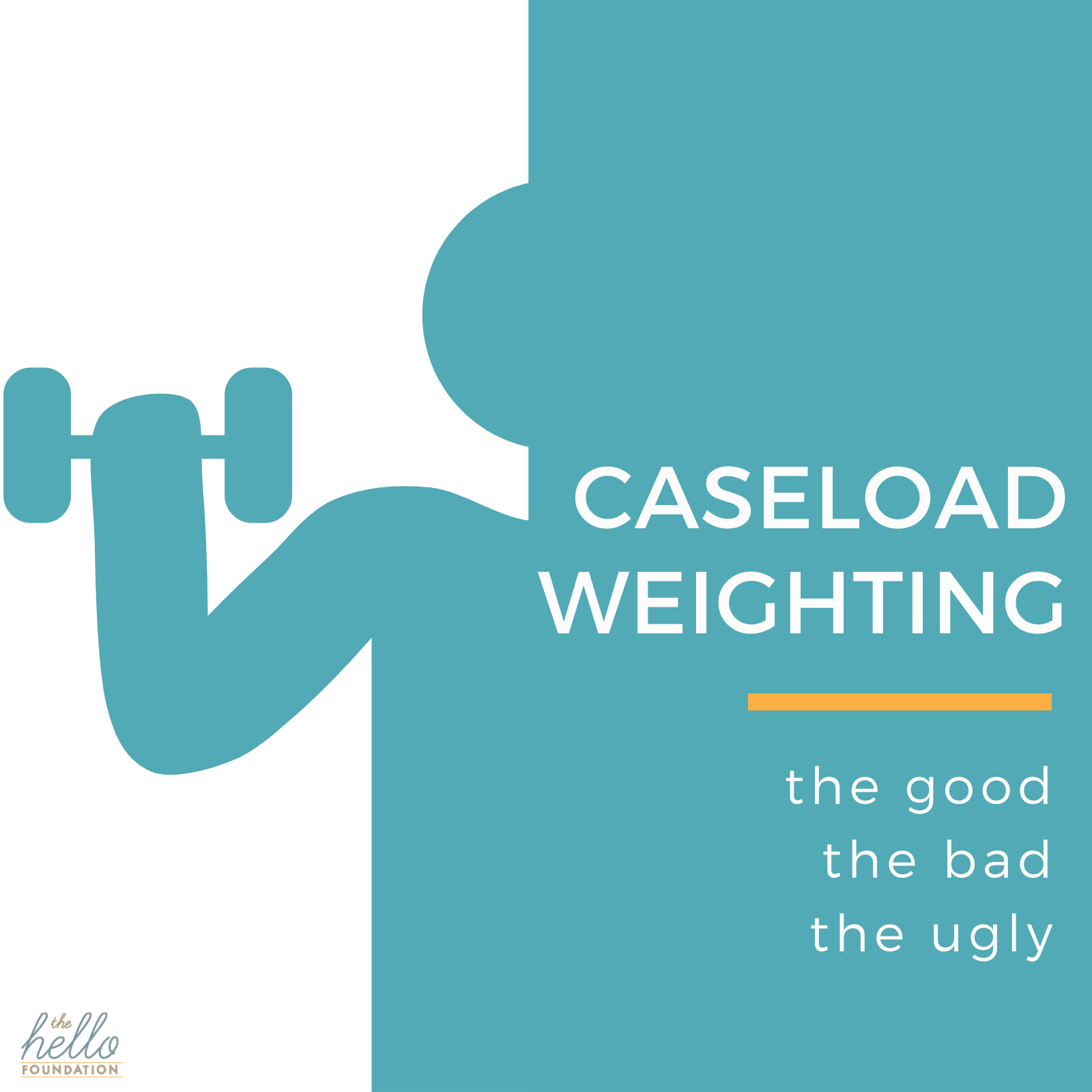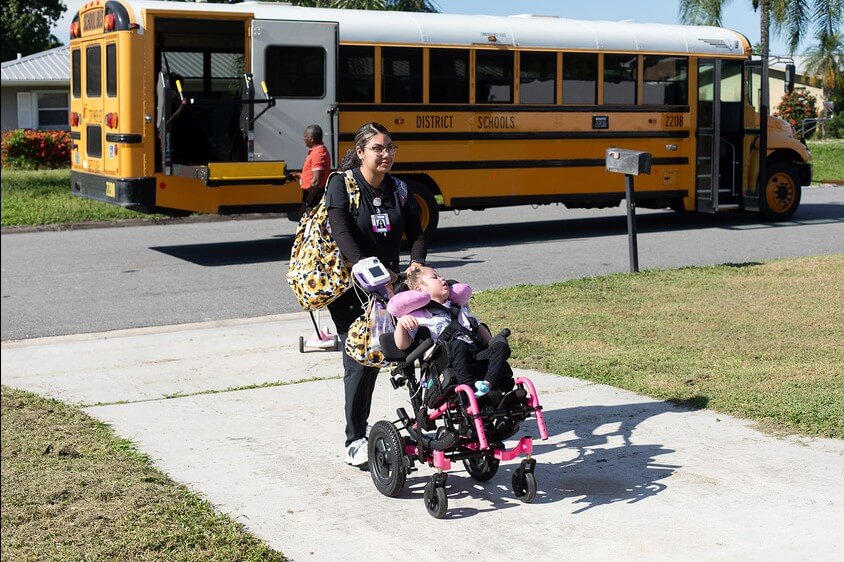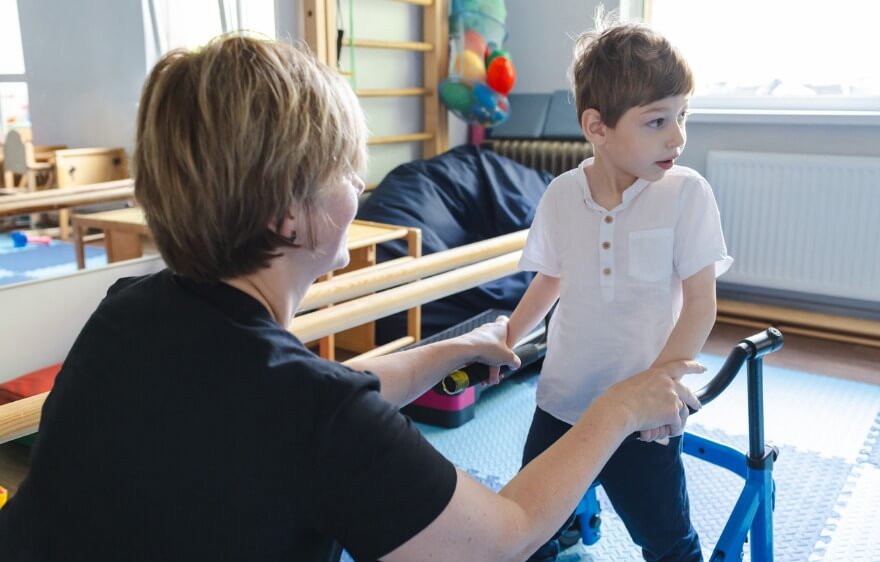You’ve decided to take the plunge and committed to tackling the workload and caseload in your district. You’ve spent time doing a workload analysis with your team, so you know not only the number of kids on a caseload but also what other duties SLPs in your district are doing with their time. So, now what?
Caseload weighting. That’s what.

What is Caseload Weighting?
Caseload weighting is a workload-balancing method in which teams give specific populations more or less weight than others based on the amount of time and energy it takes to work with them. In other words, it’s a system that recognizes that Mike’s caseload of 42 autistic kids is quite different from Bridget’s 42 kids with articulation disorders. Under this system, the parties involved decide a reasonable “weight” for each 1.0 SLP to carry, and students are then individually weighted. Often each student starts as a 1, and teams add points for various factors such as severity and complexity. In addition to being popular in school districts, caseload weighting is a widely used structure across many disciplines, including the judicial, child welfare, and mental health systems.
While caseload weighting has inherent and myriad benefits, it isn’t always executed well. I’ve been through this process many times, and I can classify each experience as either good, bad, or downright ugly. Here are the hallmarks of each:
The Good
- are student-centered
- maintain transparency and open lines of communication at all times
- have mutual trust between SLPs and administrators
- are based on sound data from a workload analysis
- are flexible and dynamic to allow for changes over time
- are done in conjunction with a larger plan to manage workload (RTI, a continuum of service delivery options, and scheduling)
- strive for ease and efficiency, including using cloud-based documents
- feature clear processes and procedures
- are team-created and team-focused
- take into account building-specific population factors (i.e., the percentage of free and reduced lunch, move-in/move-out rate, etc.)
The Bad
- are cumbersome (e.g., handwritten, then converted to digital, require pages and pages to explain, etc.)
- are overcomplicated (e.g., the categories for classification are too small, are based on complex decimal systems, etc.)
- require significant time and effort to figure out or execute, thereby adding to the overall workload
- fail to take into account all aspects of the workload
The Ugly
- cause and feed infighting and resentment among SLPs
- involve dishonesty and “cooking the books,” allowing some SLPs to avoid increasing their workload
- are rigid and not responsive to the natural evolution of the system or SLP feedback
- are top-down initiated and executed with no input from SLPs
- are completed and never implemented
The most important thing to remember when doing this work is to put kids first. In the end, striving to optimize caseload and workload is really about making sure that SLPs can give every student the time and attention they need to be successful. No one is perfect, and no one program will have all of The Good and none of The Bad, but if you keep your sights focused on improving student outcomes, you can’t go wrong.
This post was originally published 5/5/15 and most recently updated 4/27/22





